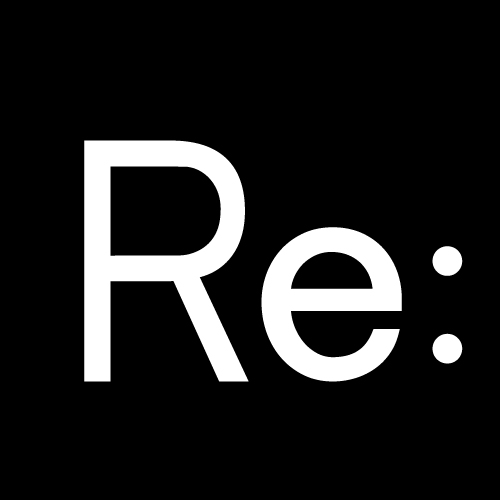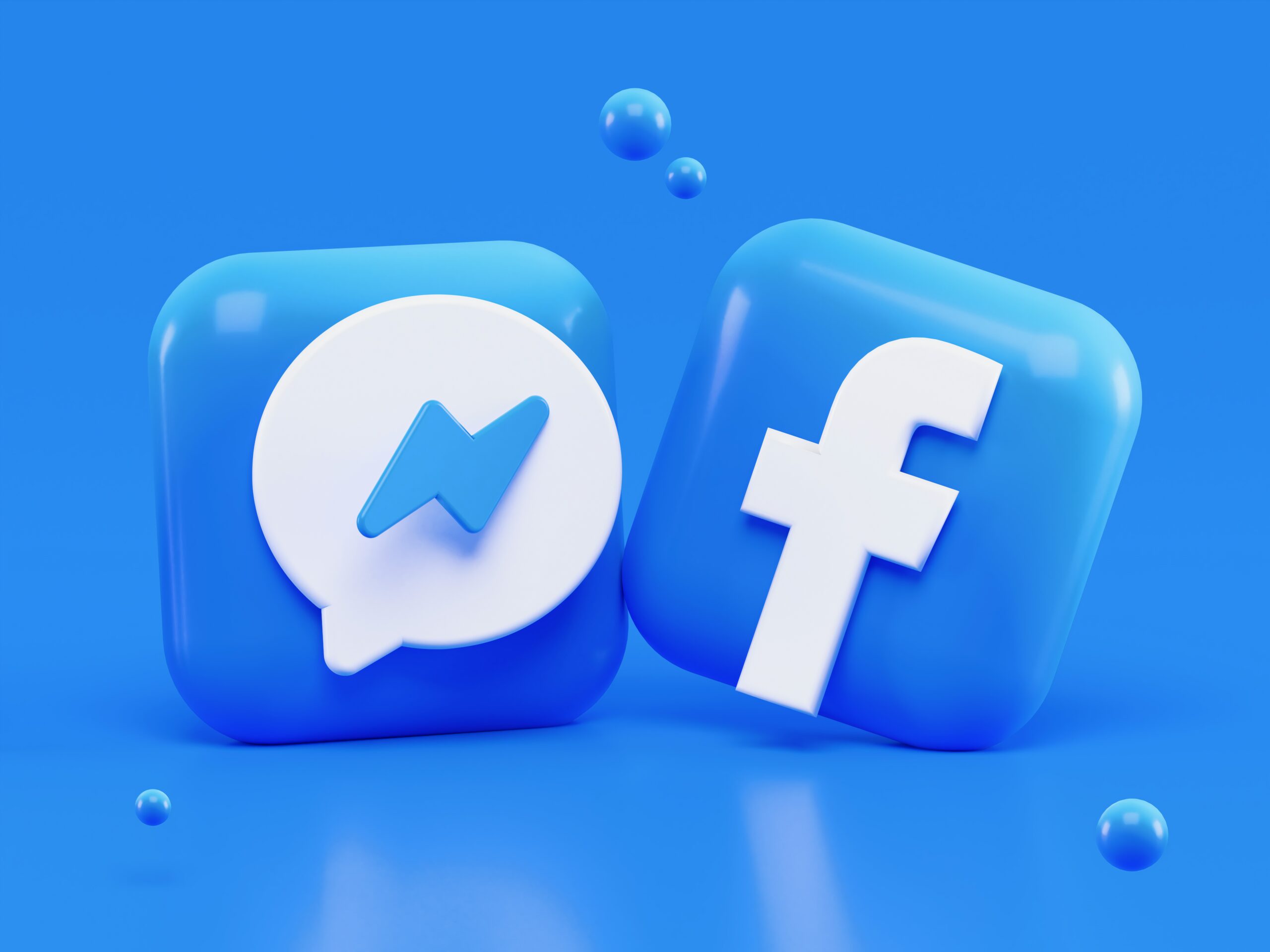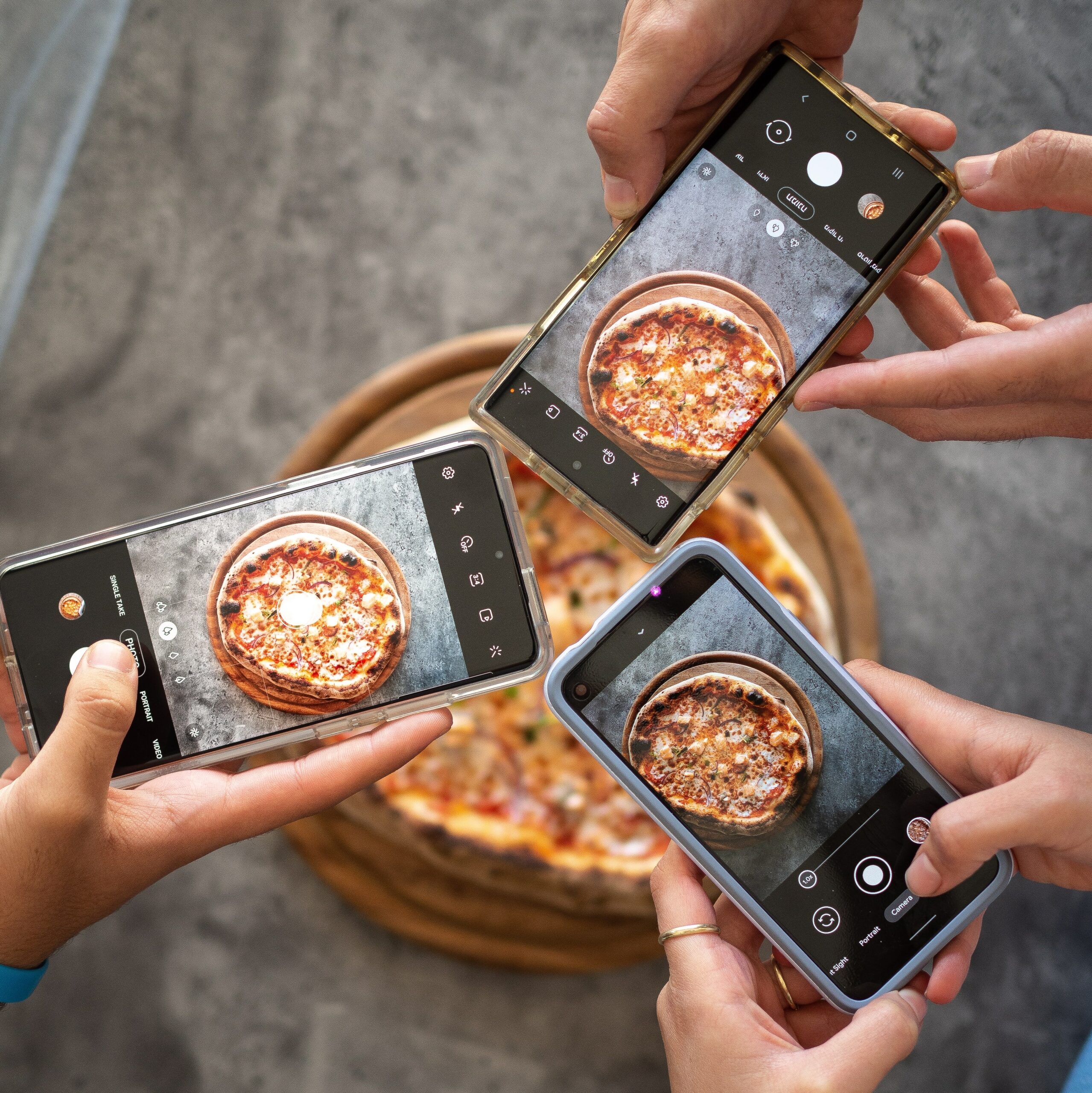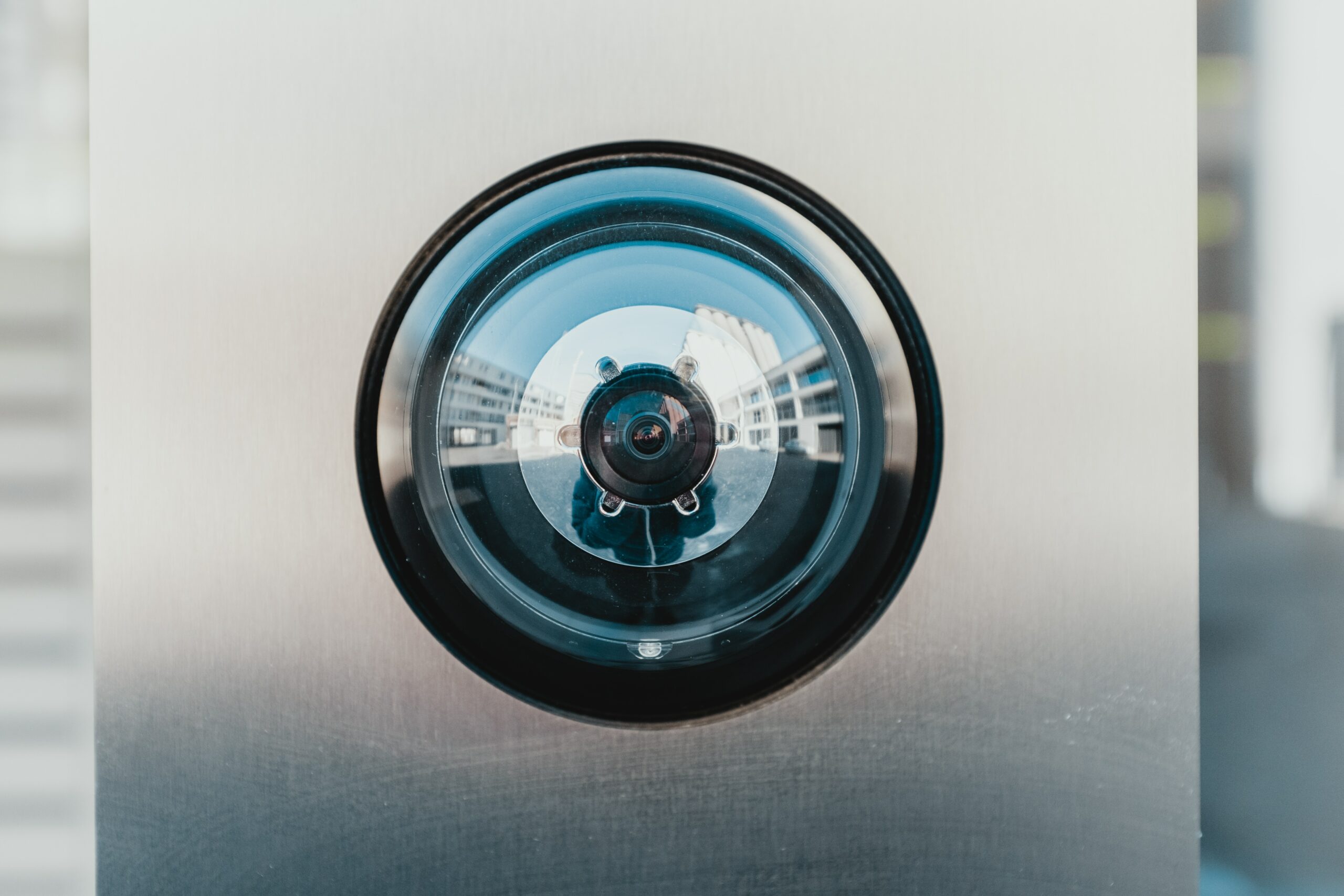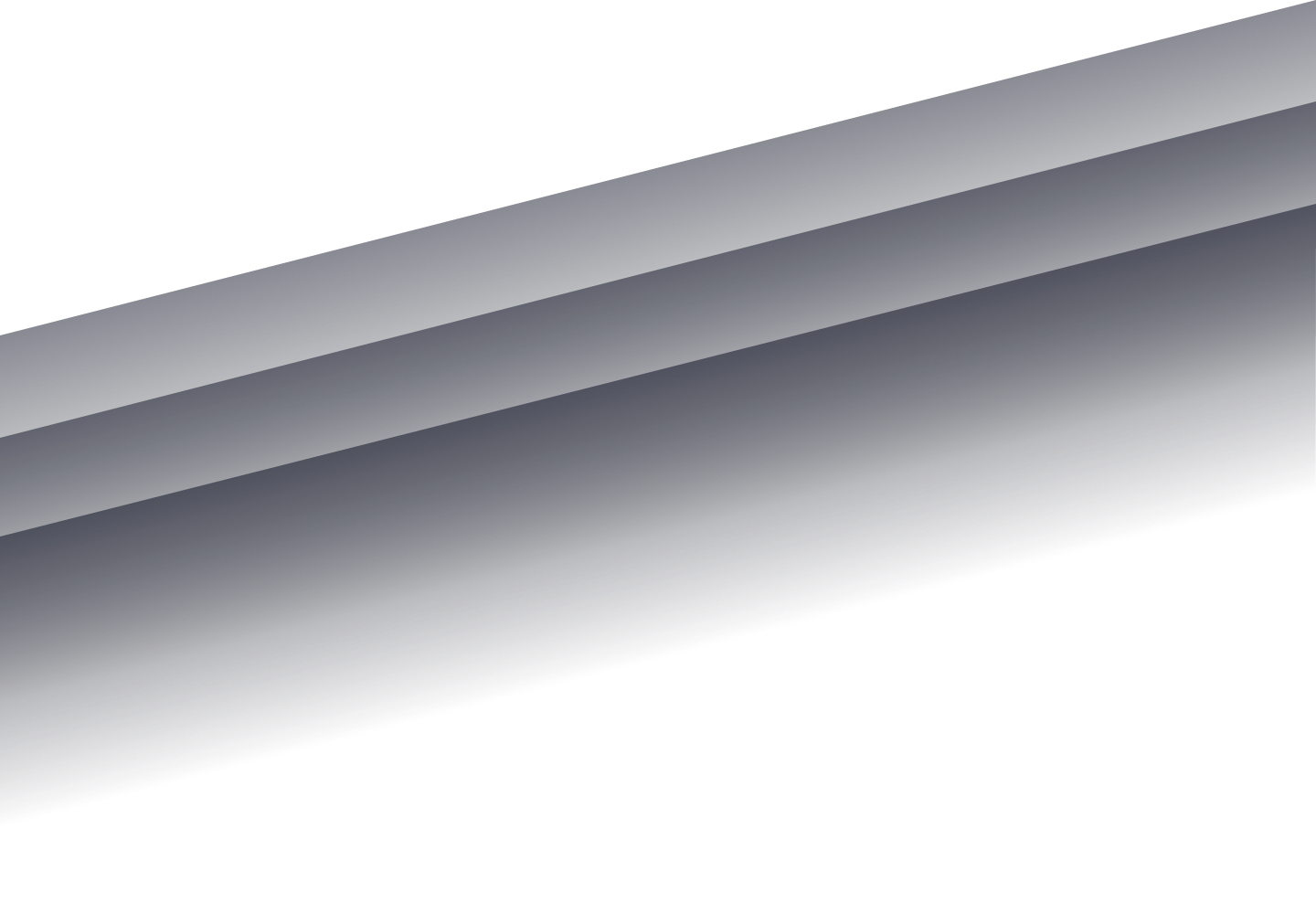When Facebook refused to take action against former President Donald Trump’s violence-inciting post: “When the looting starts, the shooting starts.” A group called Stop Hate for Profit mobilized to organize the social media movement #StopHateForProfit. They called on brands to pull all their Facebook and Instagram ads in July 2020. The response was admirable. Brands from nearly all verticals—massive CPG companies, investment organizations, and everything in between—took part.
Advertisers used the social media blackout to diversify their efforts, with many realizing what our VP of Media and Campaign Management, Michelle Rainbow, has been telling clients for years: “Broadening and diversifying acquisition efforts are critical for brand growth. A portion of your budget should always be allocated toward testing new providers and channels.”
Successful Channels with a Proven Track Record
When asked which platforms he recommends, Kevin Lassiter (our Campaign Supervisor) answered with a whole roster of suggestions, including co-registration, CPA/CPC/CPM display, programmatic, social, paid search, native, and dedicated email. While each has its own specific benefits, Kevin says, “These models and methods are key for brands in their ability to reach large volumes of consumers. Targeted messaging resonates with consumers, allowing them to raise their hand to start a conversation and begin a relationship that acknowledges value to the consumer and confirms to brands, ‘I want to hear from you.'”
If you’re just starting to foray into the paid media landscape, it’s important to understand not all channels will work for your brand. The platforms you choose will depend on campaign goals and where potential audiences are. Melissa Barry (our Campaign Manager) says, “For some clients, we look toward dedicated emails within niche subscriber lists or LinkedIn. For others, Facebook and Instagram have seen better performance. Selecting the correct platform ensures each brand is best targeting the correct consumers.”
The Results of #StopHateforProfit
Forrester studied 43 publicly traded companies that participated in the blackout, and only seven experienced decreased profits in Q3 2020 compared to Q2. Revenue did decrease year over year for many of the companies, but Sucharita Kodali, vice president and principal analyst with Forrester, says the impact of COVID-19 is most likely to blame.
Interestingly enough, one of Melissa’s clients saw improved results and increased engagement after relaunching Facebook and Instagram ads in Q4 2020. Unsurprisingly, eMarketer estimates Facebook ad revenues will continue to grow and hold steady at more than 83% of total social network ad spending.

Final Thoughts
Michelle points out, “Facebook and Instagram have become much more stringent on different ways audience targeting can be done for various ‘special’ advertisers. For example, ads with ‘real estate’ in the copy have to go through a manual approval process before launching any campaign.”
While Facebook represents only 1.30% of total volume for one of Kevin’s clients, he says, “They are a great quality source of traffic. The marketing capabilities Facebook provides marketers are immeasurable. The robust tools allow us to define and target super-niche audiences, which are critical for achieving quality and cost-effectiveness on a campaign and delivering value via ROAS (return on ad spend) for the client.”
From a consumer standpoint, Melissa thinks there are “many loopholes Facebook jumps through to avoid privacy restrictions.” However, she agrees with Kevin that Facebook is an effective way of reaching your target audience. She remains optimistic about the future of advertising on Facebook, saying,

“With Apple iOS and other companies being more mindful and ethical about privacy, Facebook’s advertising platform may be evolving significantly soon.”
So, is Facebook a friend or a foe? We posit it’s more like a frenemy.
